Investigations in the field of the radiative gas dynamic of re-entry spacecrafts
Main results
-
A computer radiative-gas dynamic model for the re-entry problem of spacecrafts designed to land on the surface of Mars was
developed. The model is based on the Navier-Stokes system of equations, system of equations of physical and chemical kinetics
for a multicomponent gas mixtures. A three-dimensional model of selective radition heat transfer was created, which can solve
the problem in the whole region of the disturbed flow: from the bow shock wave to the far wake. The developed model of selective
radition heat transfer provides a user with the ability to calculate spectral and integral radiative heat fluxes to the whole
surface of spacecraft as well as an emissivity of a shock front and wake. This emissivity can be measured by the orbial spacecraft.
A scientific novelty of the developed model is a possibility of calculation of spatial characteristics of radiative field and the
possibility of line-by-line calculations taking into account the fine structure of the spectrum;
- The developed model was used in order to carry out the
trajectory calculations of the re-entry of spacecraft (SC) of various forms in the atmosphere of Mars (Russian segmental-conical SC,
Pathfinder, spacecraft of the European Space Agency MSRO);
- The results of the calculations of the aerothermodynamic of
martian spacecrafts were presented to the european workgroup on the raditive gas dyanmic. This group consists of the specialiasts
from the leading european space centers. It is worth noticing that such a full radiative gas dynamic model exists only in our laboratory.
- Main results of the conducted research are published in
the book (in russian): Surzhikov S.T. Radiative gas dynamics of re-entry
spacecrafts. Multitemperature models, Moscow.: IPMech RAS, 2013.
Aerophysics of re-entry spacecrafts
Verification and validation of computer codes
Comparison with experimental data of Hollis B.R. и Perkins J.N.
Hollis B.R. and Perkins J.N.
High-Enthalpy Aero-thermodynamics of a Mars Entry Vehicle. Part 2: Experimental Results, Journal
of Spacecraft and Rockets, Vol.34, No.4, pp.449-456, 1997
Comparison with experimental data of TsAGI
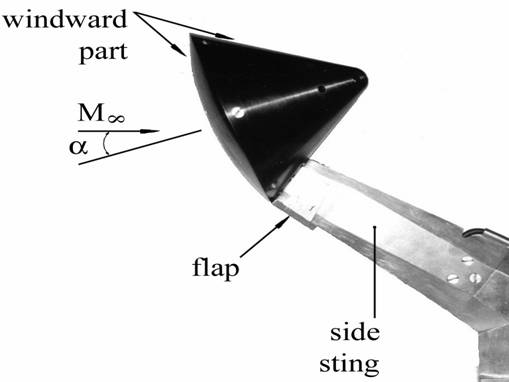 |
 |
|
Result of experiment: N2, M = 19.8 |
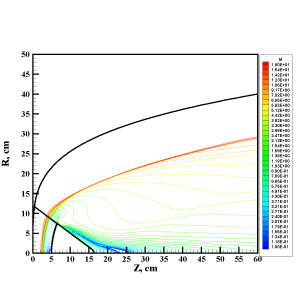 |
 |
|
Result of experiment: CO2, M = 12 |
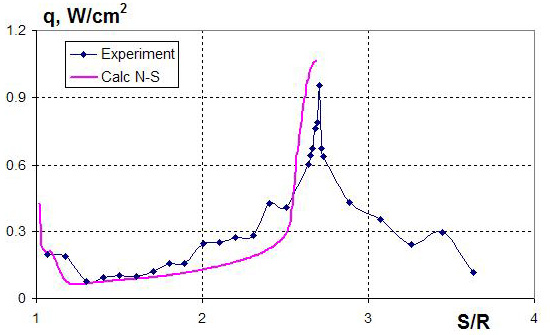
Three-dimensional numerical simulation of radiative aerothermodynamics of Stardust spacecraft
Computational mesh on the surface of SC Stardust
Longitudinal speed (a), translational temperature (b), vibrational temperatures of N2 (c) and О2 (d)
Spatial radiative gas dynamics of re-entry ORION spacecraft
Convective heat flux to the surface of ORION spacecraft
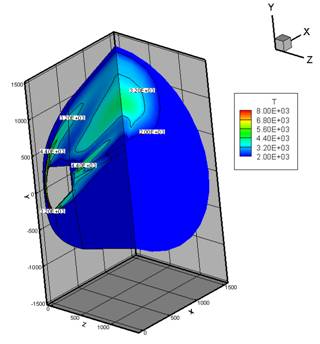 (a) (a) |
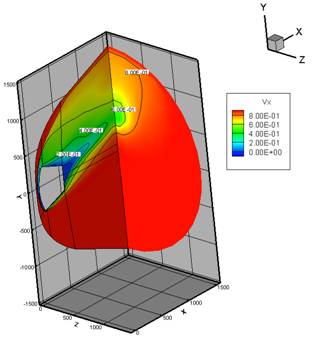 (b) (b) |
Results of three-dimensional numerical simulation: a) translational temperature, b) longitudinal speed
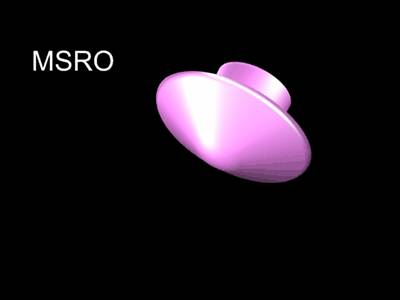

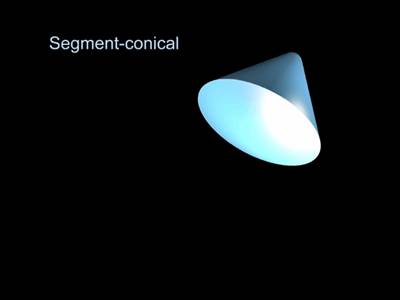
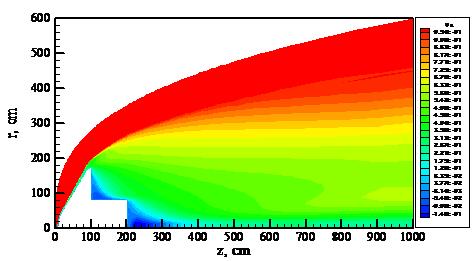
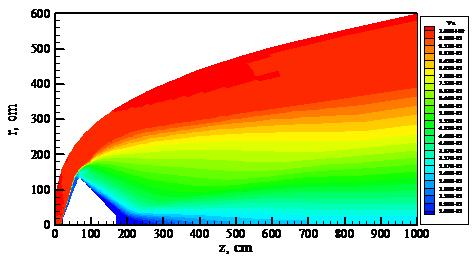
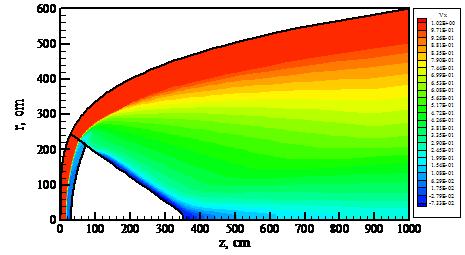
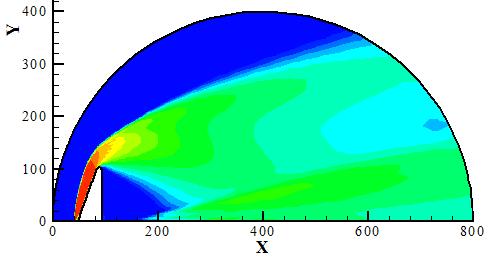


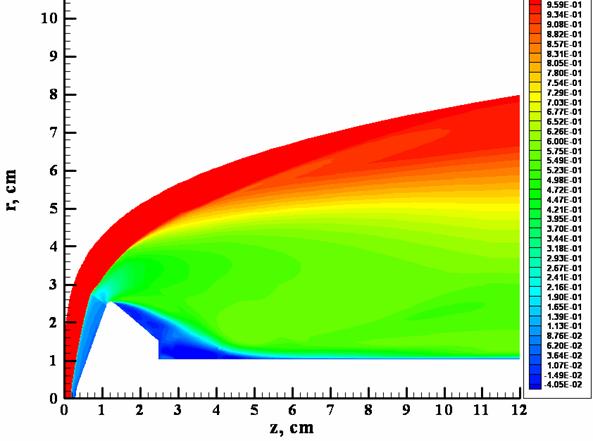
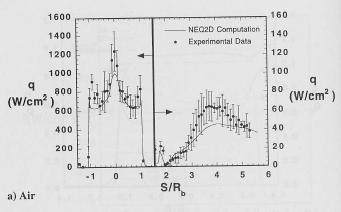
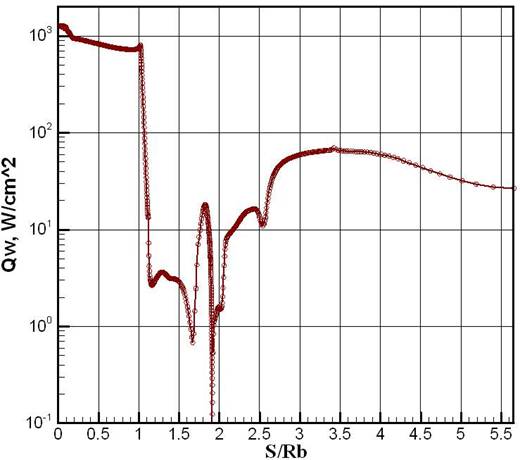





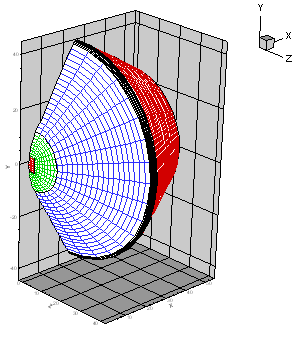
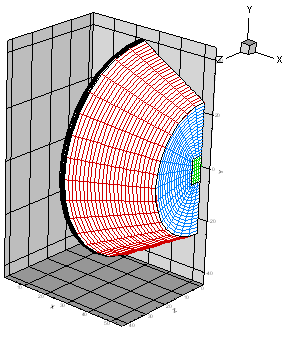
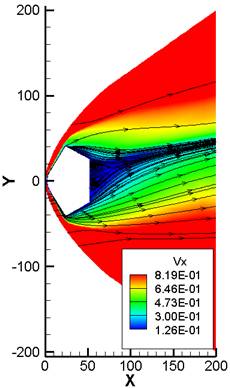 (a)
(a)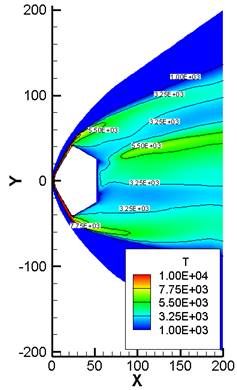 (b)
(b)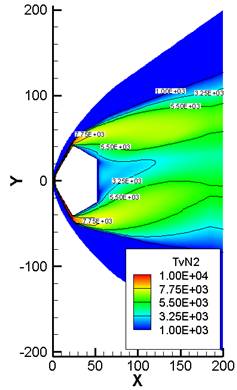 (c)
(c)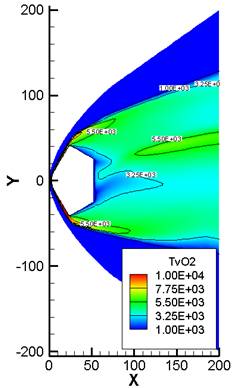 (d)
(d)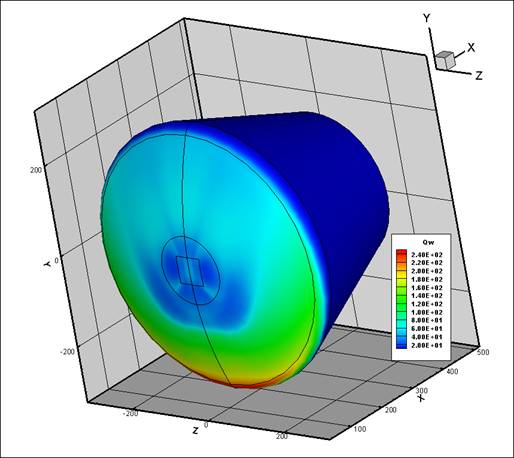
 (a)
(a) (b)
(b)
